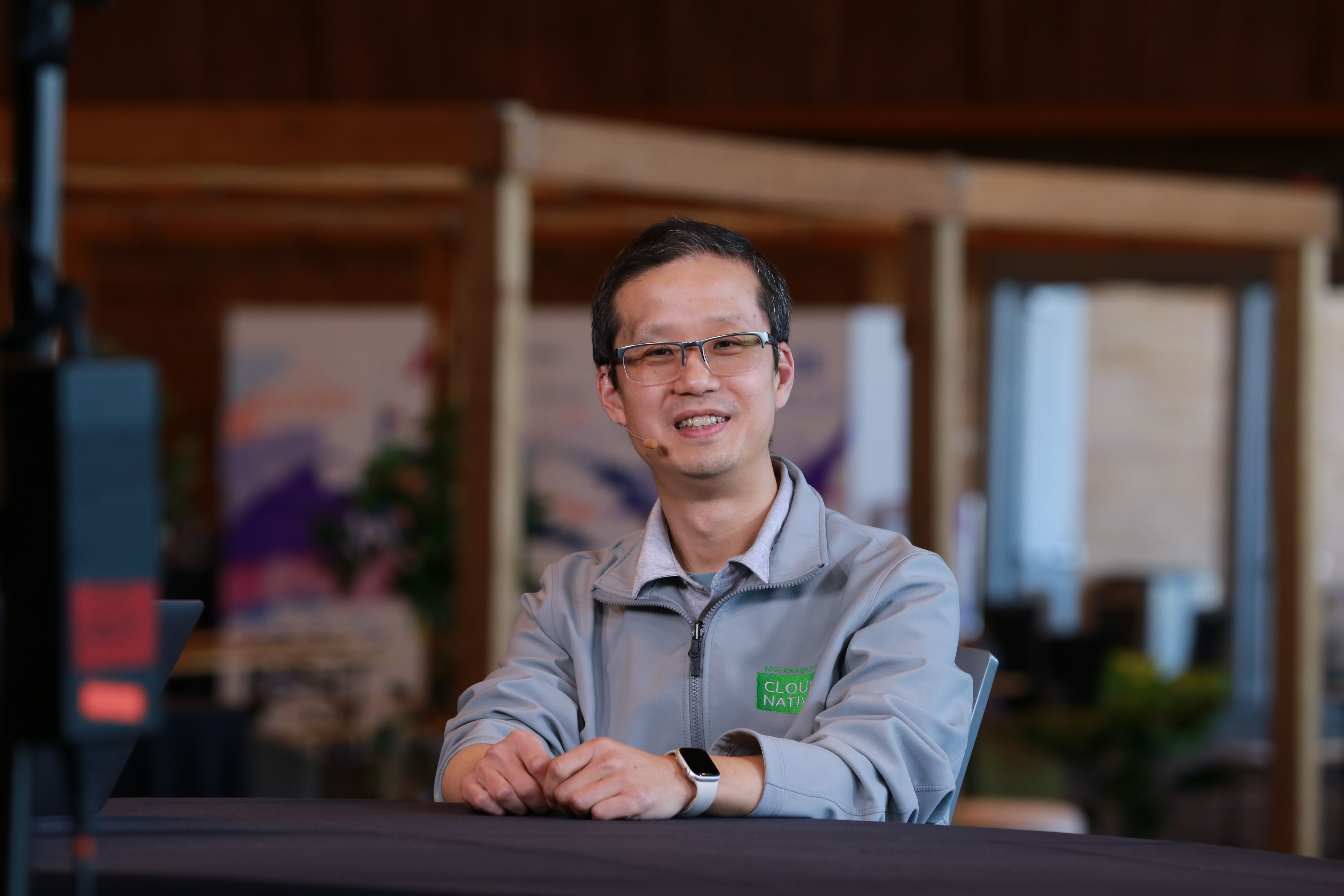 CLOUD
CLOUD
 CLOUD
CLOUD
 CLOUD
CLOUD
Open source is changing the game when it comes to saving the planet and making the world a better place.
Kubernetes-based Efficient Power Level Exporter, or Kepler — an open-source tool that shows power-use metrics in cloud-native environments — enables enterprises to tackle changing sustainability needs and maximize energy consumption based on enhanced assessments, according to Huamin Chen (pictured), senior principal software engineer at Red Hat Inc.
“Kepler is one of the first projects that enables the cloud-native community to imagine a workload energy consumption,” Chen explained. “Seeing is believing. A lot of times people still talk about … if I run my database application, what’s my carbon footprint? What’s my energy consumption? We are able to answer these questions by providing you this very simple tool.”
Chen spoke with theCUBE industry analyst John Furrier and guest analyst Rob Strechay at Open Source Summit NA, during an exclusive broadcast on theCUBE, SiliconANGLE Media’s livestreaming studio. They discussed how Kepler seeks to be a game-changer when it comes to energy consumption in cloud-native environments.
OpenAI — the company behind ChatGPT — has had significant success, but it has to deal with an energy carbon footprint problem. As a result, Kepler can help address this challenge based on cloud-native sustainable AI solutions, according to Chen.
“The good news is OpenAI is providing the service that we like,” he said. “The downside is that service … uses a lot of energy, a lot of carbon. The cloud-native sustainable AI is toward that direction. We can tune the GPU that’s OpenAI using to the service they’re providing so that we can achieve the best performance per watt, not just price performance per watt.”
For better energy efficiency, Kubernetes can use auto-scaling algorithms with the help of Kepler. This is based on power-consumption metrics, Chen pointed out.
“When you see the metrics, you know how much energy is used by workloads, by your database,” he said. “No matter how much you use, then that is a combination that you can use to adjust your resource assignments’ performance, as well as the energy consumption.”
Here’s the complete video interview, part of SiliconANGLE’s and theCUBE’s coverage of Open Source Summit NA:
Support our mission to keep content open and free by engaging with theCUBE community. Join theCUBE’s Alumni Trust Network, where technology leaders connect, share intelligence and create opportunities.
Founded by tech visionaries John Furrier and Dave Vellante, SiliconANGLE Media has built a dynamic ecosystem of industry-leading digital media brands that reach 15+ million elite tech professionals. Our new proprietary theCUBE AI Video Cloud is breaking ground in audience interaction, leveraging theCUBEai.com neural network to help technology companies make data-driven decisions and stay at the forefront of industry conversations.